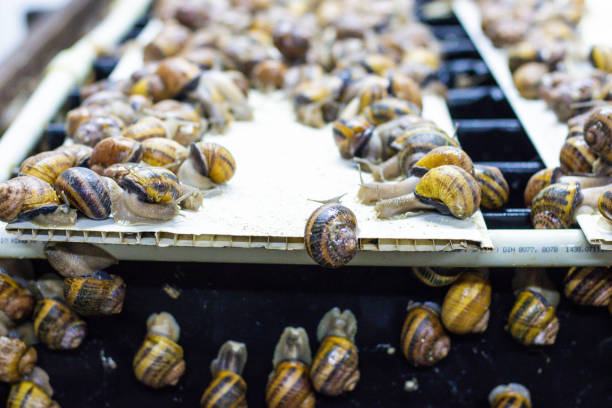Professional Business Writer

There is a thousand years old history of people eating snails due to their nutritious value. They are rich in proteins, iron, and water and low in Fats. Their consumption is evident in a number of countries across the world. Countries known for eating and cultivating snails are France, the U.S., Turkey, China, Indonesia, Italy, Spain, and a few African countries. French use Snails for cooking and is a part of a delicate tradition.
Humans eat snails for the reason of them being delicious and as a main course or for a starter.
Commercial Snail Farming has emerged from Globalization and through the French tradition of eating snails. Snail farming is constantly growing. The escargot business is a very lucrative venture for the practitioner’s snail farmers. The business can encompass the rearing, wholesaling, or retailing of snails to customers and end-users.
Well, the most important part is to have agri land (purchase or rented) to create sheds and buy the snails and then breed them. The equipment needed to farm snails includes outdoor pens or indoor plastic tunnels for breeding. Ireland has the right weather conditions to start this business.
Contact us to get the best Business Plan for your Snail Business. We already develop many business plans for Snail farming.
